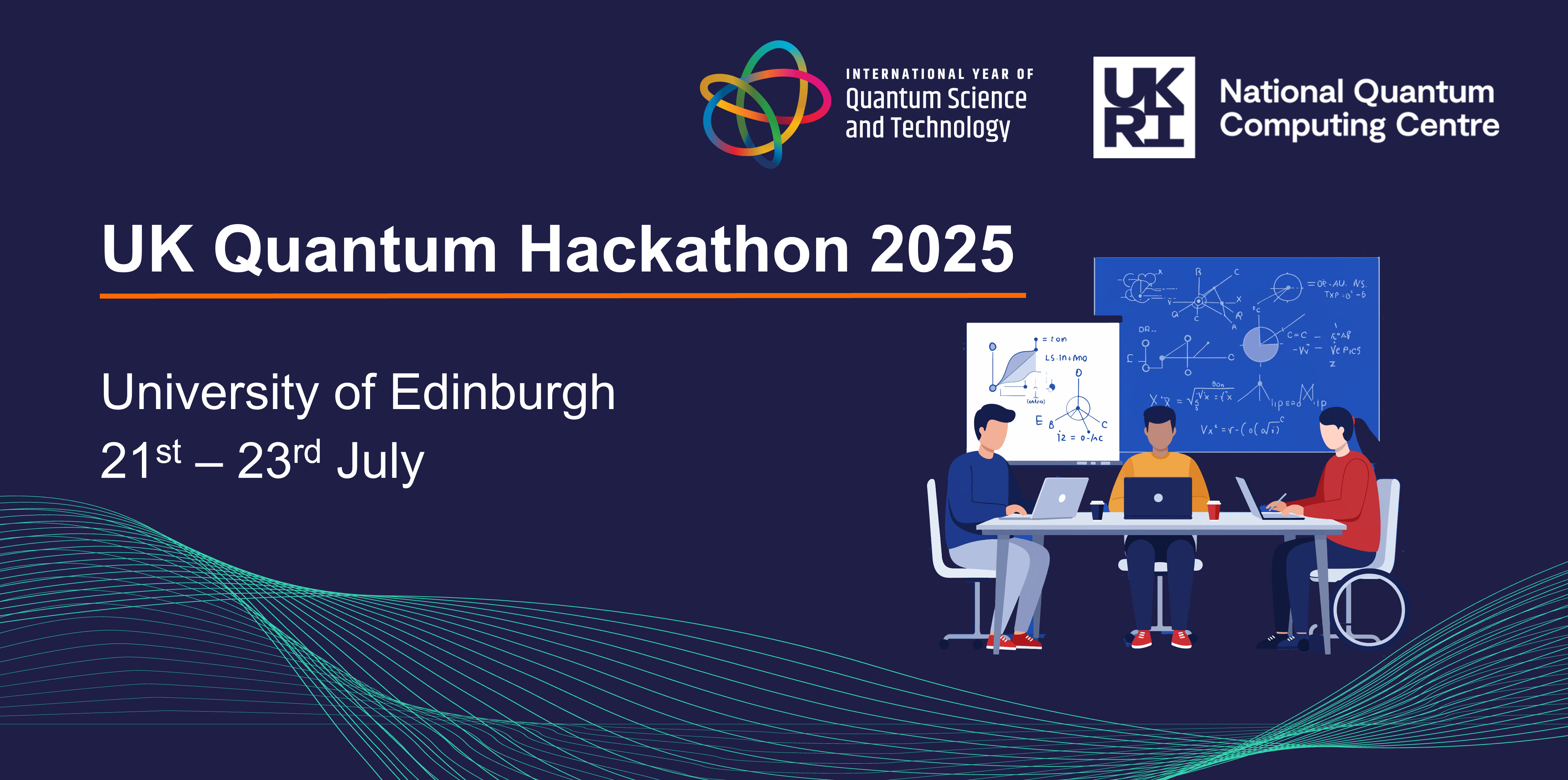NQCC's Quantum Hackathon 2025: Use Case Submission Form
Use Case Submission
Guidelines: Please note that descriptions and case studies are not expected to be exhaustive, so there is a character limit in place.
For an example of a previous use case, please see BT's use case from the 2024 UK Quantum Hackathon here.
Please contact nqcchackathon@stfc.ac.uk if you have any logistical questions about filling in the use case form.
Guidance and initial feedback requests
If you require review and/or initial feedback to complete this form, please complete the Guidance and Initial Feedback Form to request:
- Feedback on the suitability of your proposed use case
- Technical guidance in developing your use case
- Support in aligning your use case with the UN’s Sustainable Development Goals
Please note that:
- We cannot guarantee that all support requests will be accommodated
- We cannot guarantee that use case outlines receiving positive feedback will be selected to proceed to the hackathon

